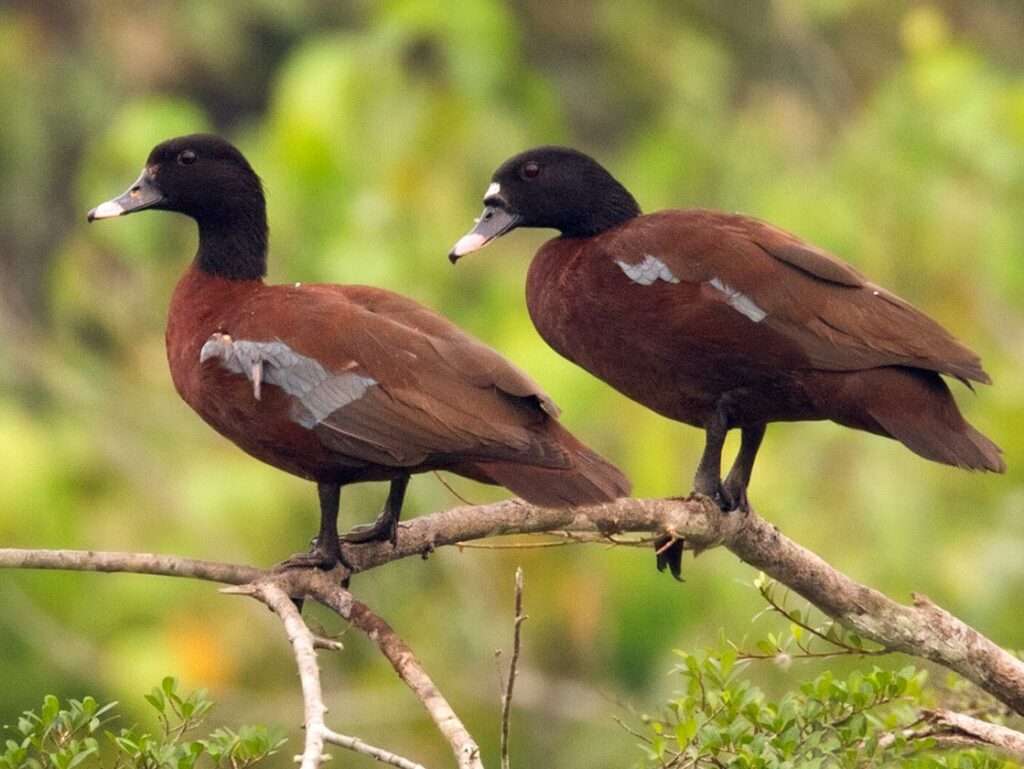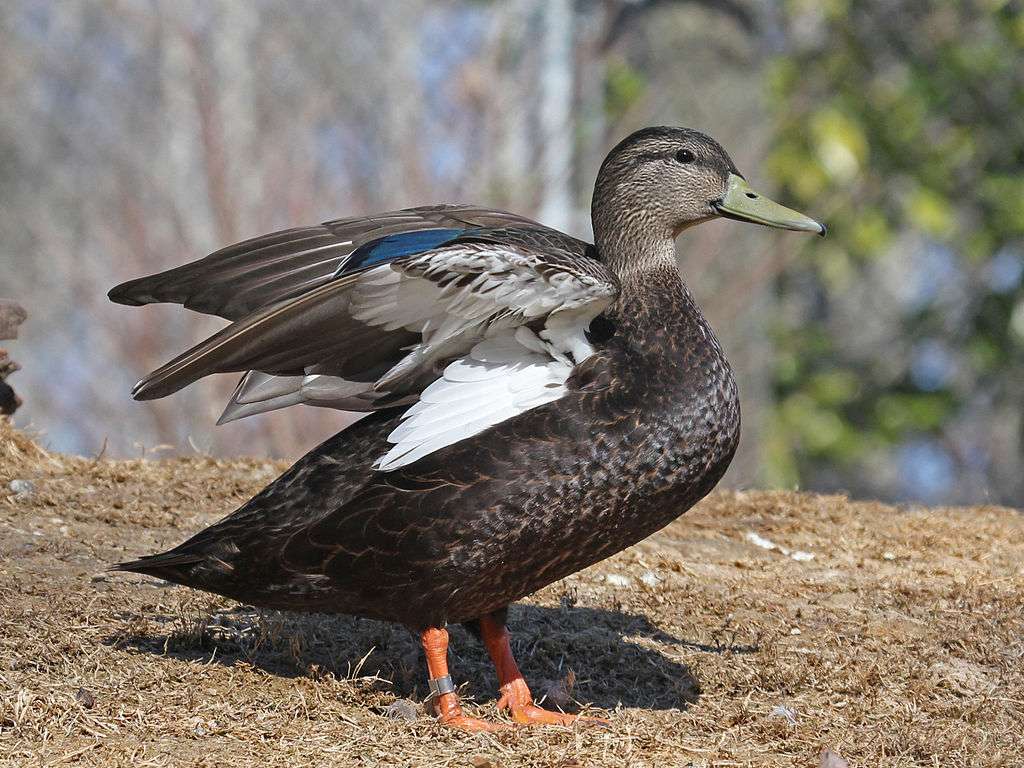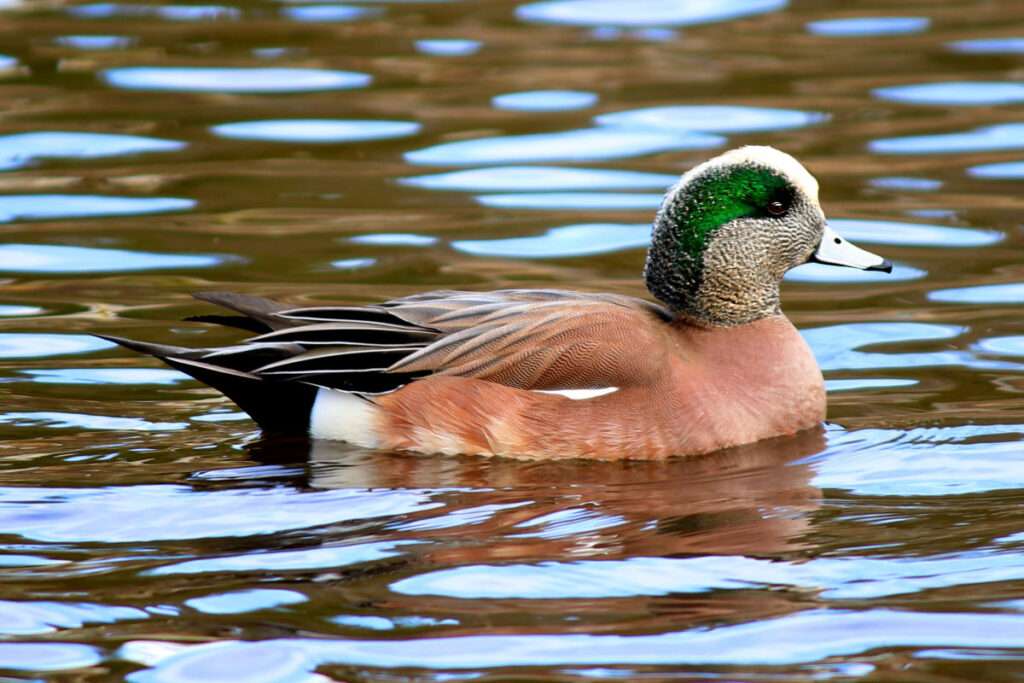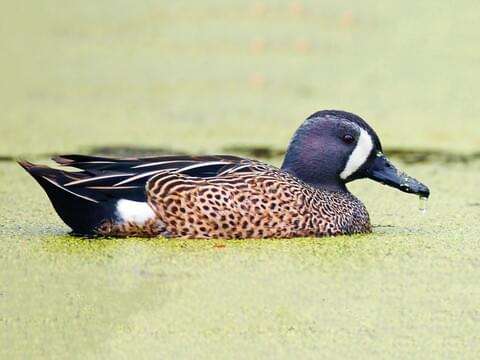
African woods are home to the dark chestnut-colored Hartlaub’s duck (Pteronetta hartlaubii). It was later shifted from the paraphyletic “perching duck” ensemble to the “dabbling duck” assemblage. However, because it differs somewhat from “normal” dabbling ducks, it is given its own monotypic genus, Pteronetta.
Fun Facts
- Males are known as drakes, females as hens, and young are known as ducklings, just like other duck species.
- However, observations from captive populations indicate that nest locations are most likely to be in tree holes and hollow trees, or sporadically on the ground among dense cover. No nest has ever been discovered in the wild.
Description
This enormous duck has reddish brown eyes, black bill, and dark yellow-brown legs. The forehead may or may not be white, and the head and upper neck are both covered in black. The neck, breast, and belly are a deep chestnut brown color, while the tail, rump, and upper wing are an olive-brown hue.

Diet
This species often feeds at night and consumes aquatic invertebrates, including insects, arachnids, crustaceans, and mollusks, as well as seeds and roots.
Habitat
From Guinea and Sierra Leone in the north to South Sudan in the east, and from Gabon, Congo, and Zaire in the south, the Hartlaub’s duck is a resident of tropical West and Central Africa. The species can be found in lowland swampy tropical evergreen forest, gallery forest, and quiet marshes and ponds within these forests. Additionally, it has been observed in salt pans in the Congo and Cameroon, as well as beside tiny rivers and streams in well-wooded savanna regions. It needs open water environments, such wide rivers or lakes, to shed its skin.
Table





